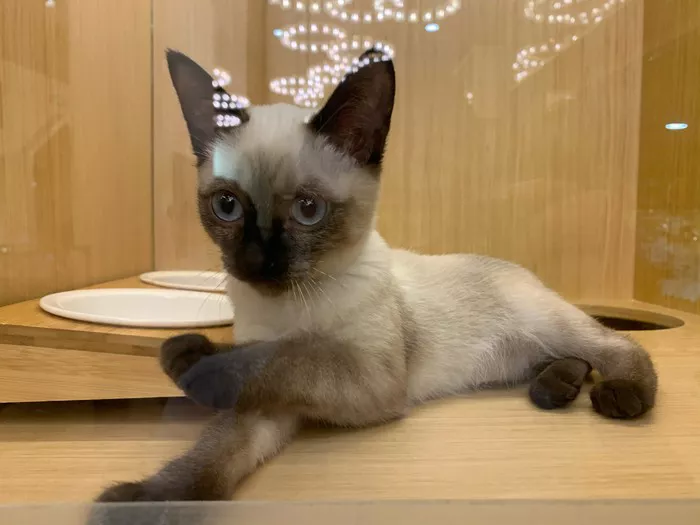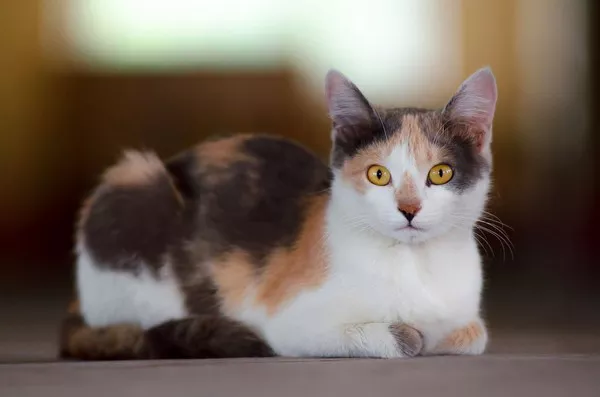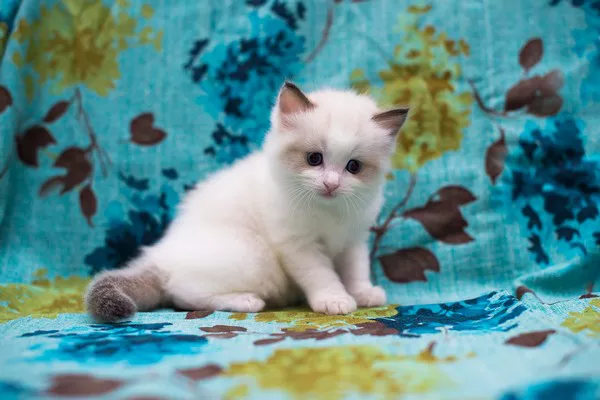The birth of a Siamese kitten from a non-Siamese parent can be a surprising and intriguing occurrence for cat owners. Siamese cats are known for their striking appearance, characterized by their sleek, slender bodies, striking blue eyes, and distinctive color points. Understanding how a non-Siamese cat can produce a Siamese kitten requires an exploration of feline genetics, inheritance patterns, and the factors that contribute to coat color and markings. In this article, we delve into the genetic mechanisms behind the birth of Siamese kittens and unravel the mysteries of feline inheritance.
Siamese Cats
Breed Overview
Siamese cats are one of the oldest and most recognizable cat breeds, with origins dating back centuries in Southeast Asia. They are known for their elegant appearance, affectionate nature, and vocal tendencies. Siamese cats are characterized by their unique coat color pattern, known as “points,” which feature darker coloring on the ears, face, paws, and tail, contrasting with a lighter body color.
Distinctive Traits
In addition to their striking coat coloration, Siamese cats possess other distinctive traits, including bright blue almond-shaped eyes, sleek and slender bodies, and a playful and outgoing personality. These characteristics have made them popular pets and show cats worldwide, cherished for their beauty, intelligence, and social nature.
Genetics of Siamese Coat Color
Pointed Coat Pattern
The pointed coat pattern exhibited by Siamese cats is a result of a genetic mutation that affects the production of pigment in the fur. This mutation leads to temperature-sensitive melanin production, with cooler areas of the body expressing darker pigment while warmer areas exhibit lighter pigment. The points of a Siamese cat, such as the ears, face, paws, and tail, are cooler regions of the body, resulting in darker coloration, while the body remains lighter in color.
Inheritance Patterns
The inheritance of the pointed coat pattern in Siamese cats follows a complex genetic mechanism involving multiple genes. While the specific genes responsible for the pointed pattern have not been fully elucidated, it is believed to be influenced by both polygenic inheritance and temperature-sensitive gene expression. This means that multiple genes contribute to the expression of the trait, and environmental factors such as body temperature play a role in determining the intensity of coloration.
How Did My Cat Have a Siamese Kitten?
Genetic Variation
The birth of a Siamese kitten from a non-Siamese parent can be attributed to genetic variation and the presence of recessive genes for the pointed coat pattern. While the parent cats may not exhibit the pointed coat pattern themselves, they may carry recessive alleles for the trait, which can be passed on to their offspring.
Heterozygous Parents
In some cases, one or both parent cats may be heterozygous carriers of the gene for the pointed coat pattern. This means that they carry one copy of the gene for pointed coat coloration and one copy of the gene for a non-pointed coat. While heterozygous carriers may not display the pointed pattern themselves, they can still pass on the gene for pointedness to their offspring.
Recessive Inheritance
The inheritance of the pointed coat pattern follows a recessive mode of inheritance, meaning that both copies of the gene must be present for the trait to be expressed. If a non-Siamese parent cat carries one copy of the gene for pointedness and mates with another cat carrying the same allele, there is a chance that their offspring may inherit two copies of the gene and exhibit the pointed coat pattern characteristic of Siamese cats.
Random Chance
Additionally, the occurrence of a Siamese kitten from non-Siamese parents can also be attributed to random chance and the unpredictable nature of genetic inheritance. Even if both parent cats do not carry the gene for pointedness, rare genetic mutations or spontaneous genetic recombination events may result in the expression of the pointed coat pattern in their offspring.
Other Considerations
Mixed Breed Cats
In cases where one or both parent cats are mixed breeds, the genetic background and ancestry of the cats may influence the likelihood of producing Siamese kittens. Mixed breed cats with Siamese ancestry in their lineage may carry genes for the pointed coat pattern, increasing the chances of producing Siamese offspring, even if they do not exhibit the trait themselves.
Genetic Testing
For cat owners curious about the genetic makeup of their cats and the potential for producing Siamese kittens, genetic testing can provide valuable insights. DNA testing kits designed for cats can identify the presence of specific genetic markers associated with coat color and pattern, allowing owners to better understand their cat’s genetic heritage and potential for producing offspring with certain traits.
Breeding Practices
For breeders interested in intentionally producing Siamese kittens, selective breeding practices can be employed to increase the likelihood of offspring exhibiting the desired traits. By selectively mating cats with known genetic backgrounds and pedigrees conducive to producing Siamese offspring, breeders can enhance the chances of producing kittens with the desired coat color and markings.
Conclusion
The birth of a Siamese kitten from non-Siamese parents can be a fascinating and unexpected occurrence, highlighting the complexities of feline genetics and inheritance. While Siamese cats are known for their distinctive coat coloration and markings, the genetic mechanisms behind the expression of the pointed coat pattern are multifaceted and influenced by various factors. By understanding the principles of feline genetics and the potential for genetic variation, cat owners can appreciate the diversity and unpredictability of nature’s creations. Whether intentional or serendipitous, the birth of a Siamese kitten serves as a testament to the wonder and intrigue of the natural world.
























